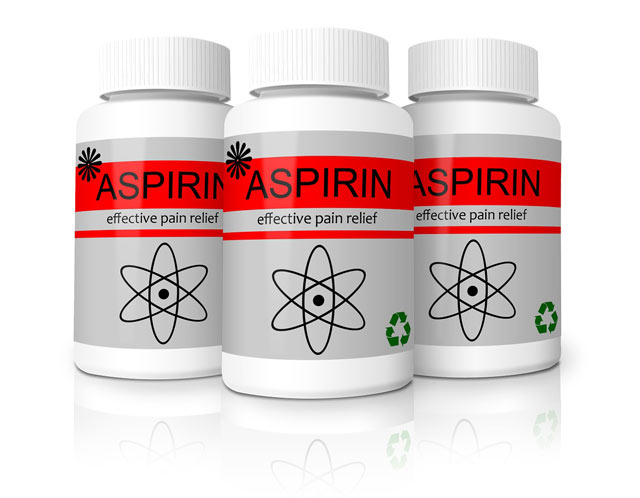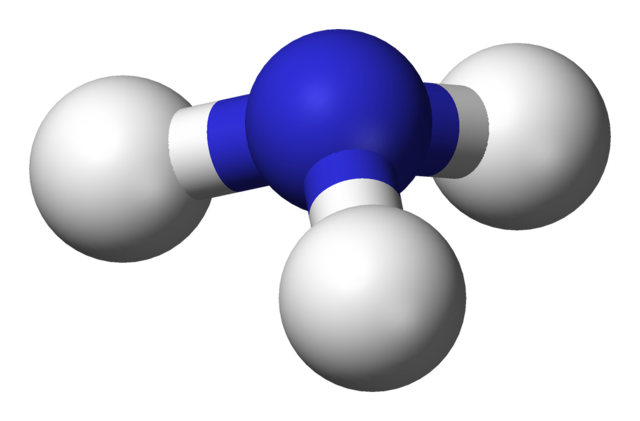|
10 minutes maximum! Can you do it in 5? |
|||||||||||||||||
1. The equation to calculate percentage yield is ...
| |||||||||||||||||
2. Tungsten metal was produced by reducing tungsten fluoride with hydrogen. A student calculated that a mass of 52.0g of tungsten should be formed. He actually obtained 43.2g of tungsten.
| |||||||||||||||||
Q3+4: A student synthesized 12.3g of aspirin from 13.8g of salicylic acid. He calculated that the maximum possible mass of aspirin which he could obtain was 18.0g. |
 |
||||||||||||||||
3. a possible reason for the student obtaining less aspirin than expected is ...
| |||||||||||||||||
4. The percentage yield of aspirin in this experiment was:
| |||||||||||||||||
Q5+6. 21.7g of mercury(II)oxide was decomposed by heating and 9.0g of mercury was collected. The equation for the reaction is: 2HgO (s) → 2Hg (l) + O2 (g) |
|||||||||||||||||
5. The mass of 1 mole of mercury(II)oxide and the number of moles in 21.7g is:
| |||||||||||||||||
6. The maximum mass of mercury which could be obtained in this experiment and the % yield are:
|
|||||||||||||||||
Q7+8. 50g of calcium carbonate was strongly heated resulting in thermal decomposition. CaCO3 (s) → CaO (s) + CO2 (g)
|

|
||||||||||||||||
7. What is the molar mass of calcium carbonate and how many moles of CaCO3 are in 50 g?
| 8. What mass of calcium oxide is obtained from the thermal decomposition of 50 g of calcium carbonate if the reaction has a 40% yield?
| ||||||||||||||||
Q9+10. N2 + 3H2 ⇌ 2NH3 |
 |
||||||||||||||||
9. The maximum possible yield of ammonia, if the reaction went to completion, is:
| |||||||||||||||||
10. The percentage yield of ammonia in this reaction is:
| |||||||||||||||||